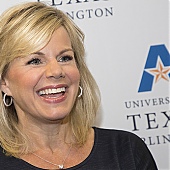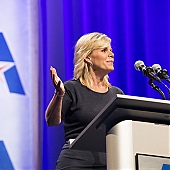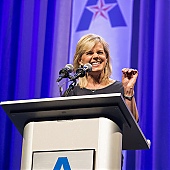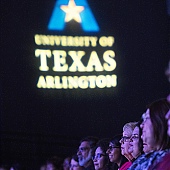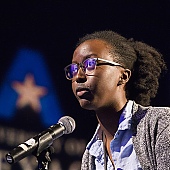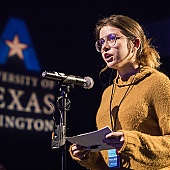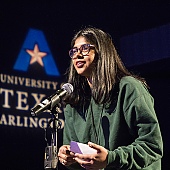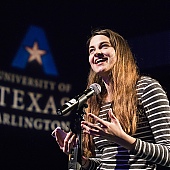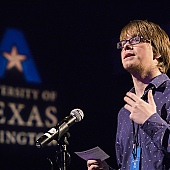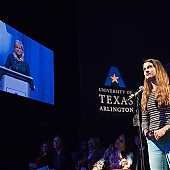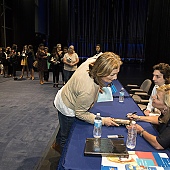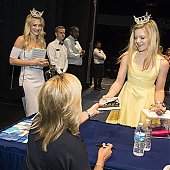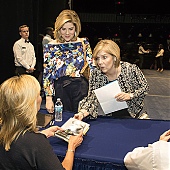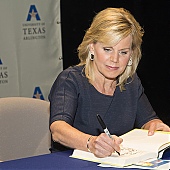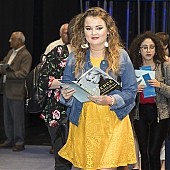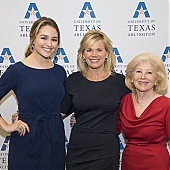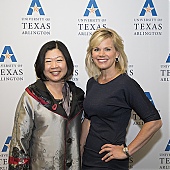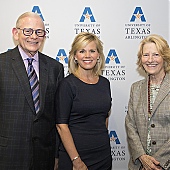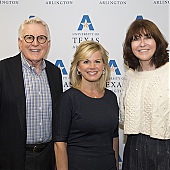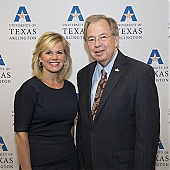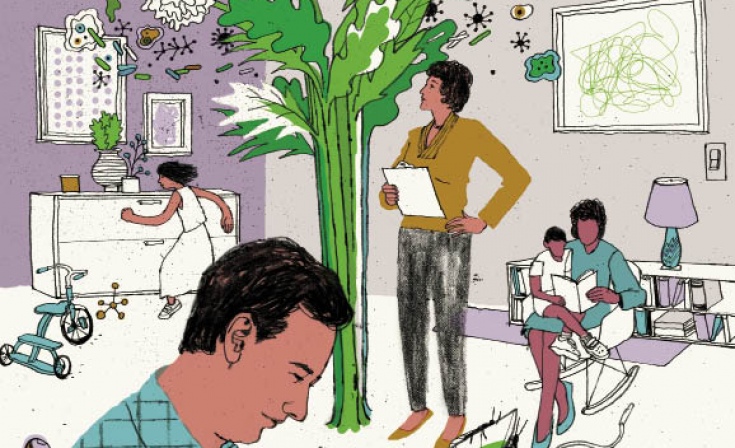
Married to Their Research (and Each Other)
It’s complicated. No, it’s really complicated, and this is not a movie.
What do you get when you cross a plant biologist’s lab schedule with a microbiologist’s experiments? Or mix child-rearing and nanotechnology? How about having a baby and publishing genomic discoveries?
You get very busy, dedicated people who are devoted to both their home lives and their cutting-edge, potentially world-changing research. You get people who are making it all work despite traveling all over the world, running laboratories, and thinking of ways to save lives and the planet.
Married couples Jorge Rodrigues and Maeli Melotto, Donald Butler and Zeynep Celik-Butler, and Cédric Feschotte and Ellen Pritham share a glimpse of three approaches to life when beautiful minds meet and marry.
MAELI MELOTTO AND JORGE RODRIGUES
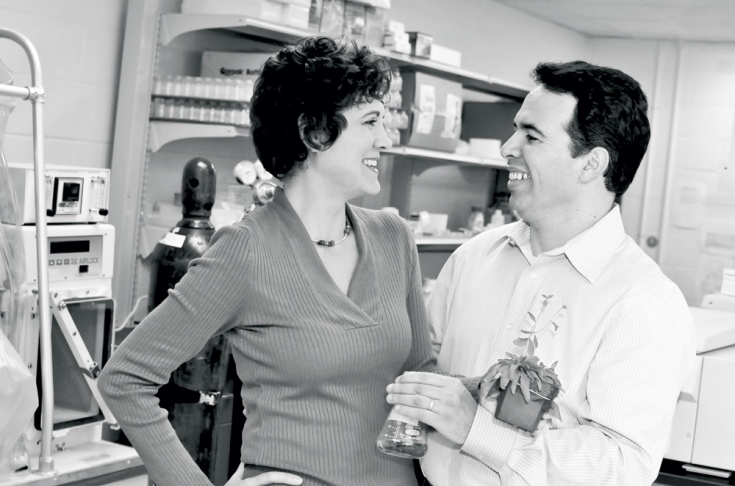
Warm, engaging, and passionate about their work and their family, these Brazilian-born biology assistant professors have two kids, two separate research paths, and a collaborative project.
They finish each other’s sentences in all those arenas, having forged a bond as graduate students in 1990 that has withstood a move from Sao Paulo to Lansing, Mich.; two pregnancies in the midst of postdoctoral research; schedules that can involve 3 a.m. laboratory visits; and necessary global travel, usually one scientist at a time.
Dr. Melotto studies the secrets of immunity in plants—how they defend against bacteria and fungi and how they lose that battle. Her research could lead to non-chemical defenses that could save as much as $500 billion annually in crop loss.
Dr. Rodrigues focuses on microbes in the Amazon forest and, separately, bug guts—termite hindguts, to be exact.
Though microbes in the forest have a monumental job—recycling nutrients so the trees in the world’s largest ecosystem can use them—surprisingly little is known about them. Biologists know even less about how they react to deforestation. Rodrigues’ work gauging that reaction will provide answers that could influence conservation policy, considering the huge role microbes play in the forest’s ecology.
His termite work has environmental implications involving ethanol production. Everyone knows termites make short work of wood—they process a billion tons of plant matter, or cellulose, every year. But what microbes within the termite’s gut get that done? The answers could lead to a new means of producing ethanol, since cellulose can be used to make the fuel. Rodrigues is using genome sequencing to address that question.
Besides their research, the couple balance administrative chores, grant writing for funding, and travel to conferences with raising two active, bright, and personable sons ages 10 and 4. They’re as devoted to family at home as they are to research at work. On a typical Saturday, Maeli prepares a large lunch, their big meal of the day, while Jorge cuddles the younger son. The older boy comes in and out of the kitchen, tasting lunch and giving it his seal of approval.
Jorge is lighthearted and funny by nature but firm when it comes to parenting: “If they don’t like what we’re having,” he says, “I tell them turn on the TV and watch what’s going on in Haiti.”
Do the researchers bring work home? Of course. “We tend to talk about science all the time,” Jorge says. Is that bad? Not really. “Our kids tend to know a lot about science.”
On the other hand, Maeli says, “one wake-up call was when our kids said, ‘You guys always talk about work.’ ”
When it comes to work, they speak the same language (a spouse outside the field would have a hard time conversing). And the latitude they have as researchers is a bonus. “We are able to organize our schedules according to our needs,” Maeli says.
Jorge laughs. “If I need to go to the lab at 3 a.m. and take a culture, Maeli knows I’m here and not at some bar.”
ZEYNEP CELIK-BUTLER AND DONALD BUTLER
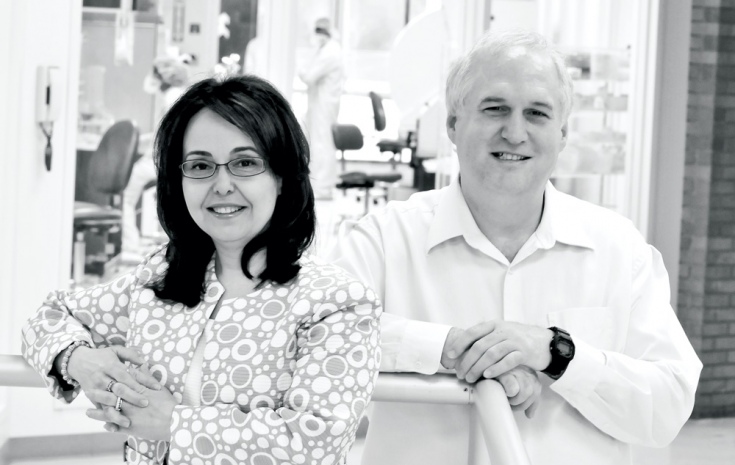
A firm boundary between work and home, and an equally firm commitment to not being “a package” at work, has been key for these electrical engineering professors.
The Butlers met in the early 1980s as Ph.D. students working under the same thesis adviser at the University of Rochester. Donald had come to Rochester from Toronto, Zeynep from Istanbul. They worked at Southern Methodist University for 15 years before moving to UT Arlington in 2002—labs, equipment, and all.
We had a rule we established, the 635 rule. South of Highway 635, we could talk about work. North of Highway 635 is home. We keep it very separate, and that has worked out well for us.
—Zeynep Celik-Butler
“We had a rule we established, the 635 rule,” Dr. Celik-Butler says. “South of Highway 635, we could talk about work. North of Highway 635 is home. We keep it very separate, and that has worked out well for us.” Besides, Dr. Butler says, their children “are not interested at all.” The older daughter studied chemistry at UT Austin, while the younger is interested in computer graphics.
Even if they were interested, work would be tough for the offspring to understand. The Butlers speak the esoteric language of nanotechnology, the realm of microscopic devices. Theirs is the amazing world of, for example, “smart skin” that could soon enable a prosthetic arm to feel.
Current prosthetic arms generally come with what amounts to a hook or a claw. Celik-Butler, who directs UT Arlington’s Nanotechnology Research and Teaching Facility, says a few companies have produced more lifelike devices, “but they wound up with a 10-pound arm.”
Nanotechnology can solve that problem, adding the sense of touch with microscopic sensors. The Butlers’ “smart skin” layers sensors into flexible silicon that could be placed inside a prosthetic arm or hand.
They have patents for several thin-film infrared detection devices, and some of their work has defense applications. Another device is a small card used with mannequins in cardiopulmonary resuscitation training. It displays red, yellow, and green lights to tell a trainee whether the pushes administered to the patient’s chest are deep enough and at the right speed.
The Butlers consciously adopt independent stances at work, even though they collaborate. “We have an unspoken rule,” Celik-Butler says. “It’s OK to disagree at work.”
It’s important, both scientists say, for their colleagues to know they’re not going to always share the same opinions.
“My dean commented on how we don’t even sit together at meetings,” she says. “We talk about what other couples talk about, too, except we don’t talk about it here.”
ELLEN PRITHAM AND CÉDRIC FESCHOTTE
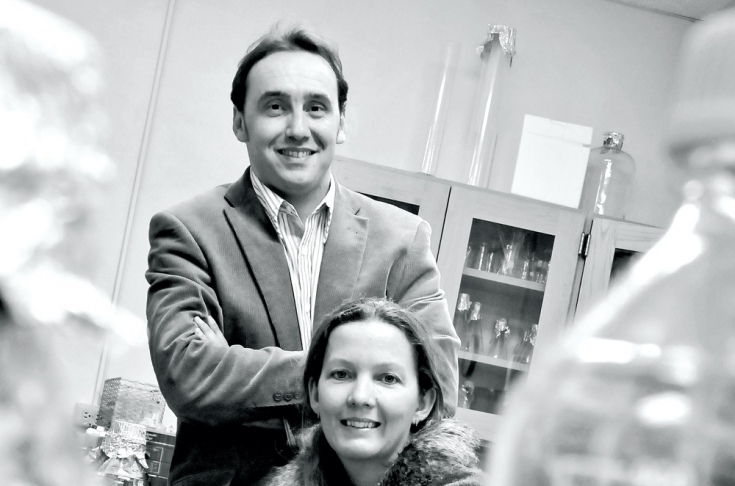
At the other end of the spectrum, Drs. Feschotte and Pritham are a team. They publish together. They might stay up four nights in a row working together. Lately they’ve been staying up for a different reason: to care for their infant son.
They grew up an ocean apart. Feschotte was born and educated in France, with a Ph.D. from the University of Paris, while Pritham is a New Hampshire native who earned her Ph.D. at the University of Massachusetts. They met in 2001, doing postdoctoral work at the University of Georgia. Pritham was considering joining a lab in Georgia where Feschotte already worked, and he was asked to show her around.
He’d been told she was pretty, but “I saw her and it was better than I even dreamed,” he says. He decided to show her around a botanical garden, where they “got lost.”
“We went through this one door 15 times,” Pritham recalls. She decided to join the lab, and they married in 2004.
Their studies look within genomes at specific kinds of jumping DNA elements called transposons. The elements move around and replicate. They can cause disease, or they can influence genetic diversity and therefore evolution. Pritham, a biology assistant professor, is looking at their effect on Trichomonas vaginalis, an organism that causes a common sexually transmitted disease, to see how the organism can become more resistant to treatments.
Together they discovered transposons in bats, a breakthrough because they hadn’t been found before in mammalian genomes. They submitted a manuscript in two weeks, an incredibly short time. (“Scandalous!” says Feschotte.)
The birth of their son has curtailed some of their around-the-clock work. But because much of their research is computer-based, they can still be productive from home.
The couple say they’re lucky to have strong teams in their labs.
“We’ve been extremely fortunate in attracting excellent students and postdocs,” Pritham says. And because their son was born at the end of April last year, classes were nearly over, so the first months were less hectic.
The mechanics of child care aside, these positions are more than jobs.
“Work is not work,” says Feschotte, a biology associate professor. “It’s our passion.”
Adds Pritham: “It’s not like you can hang up your hat at the end of the day. It’s a tremendous privilege to be a scientist.”
And to be parents.
“You find room within yourself,” Feschotte says, “for that additional love.”
